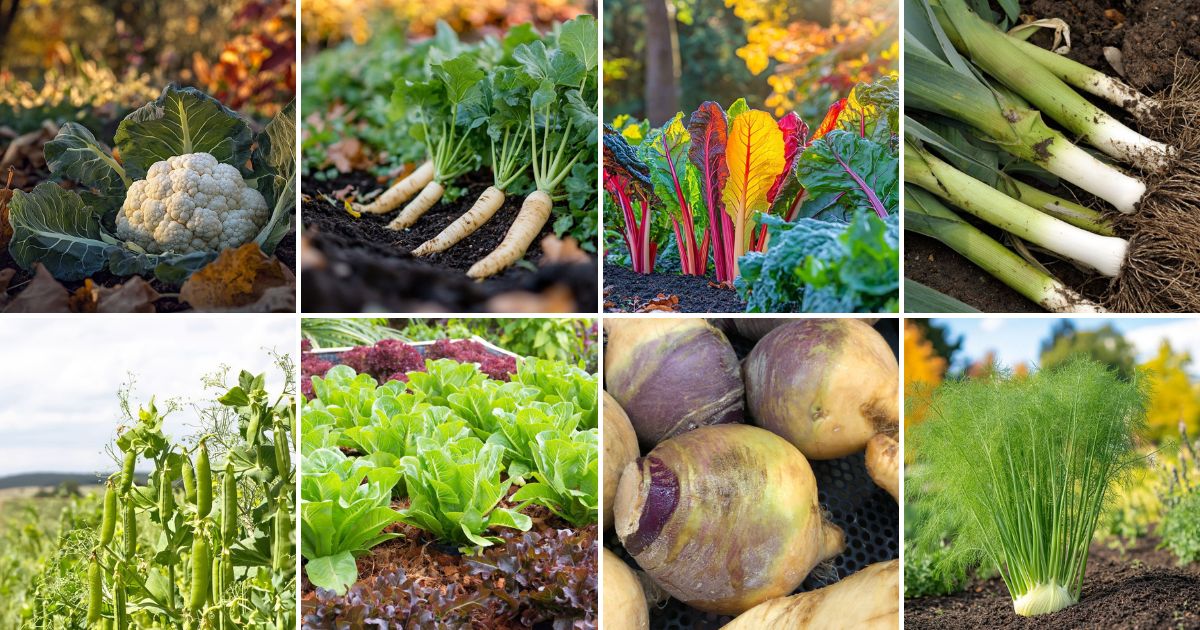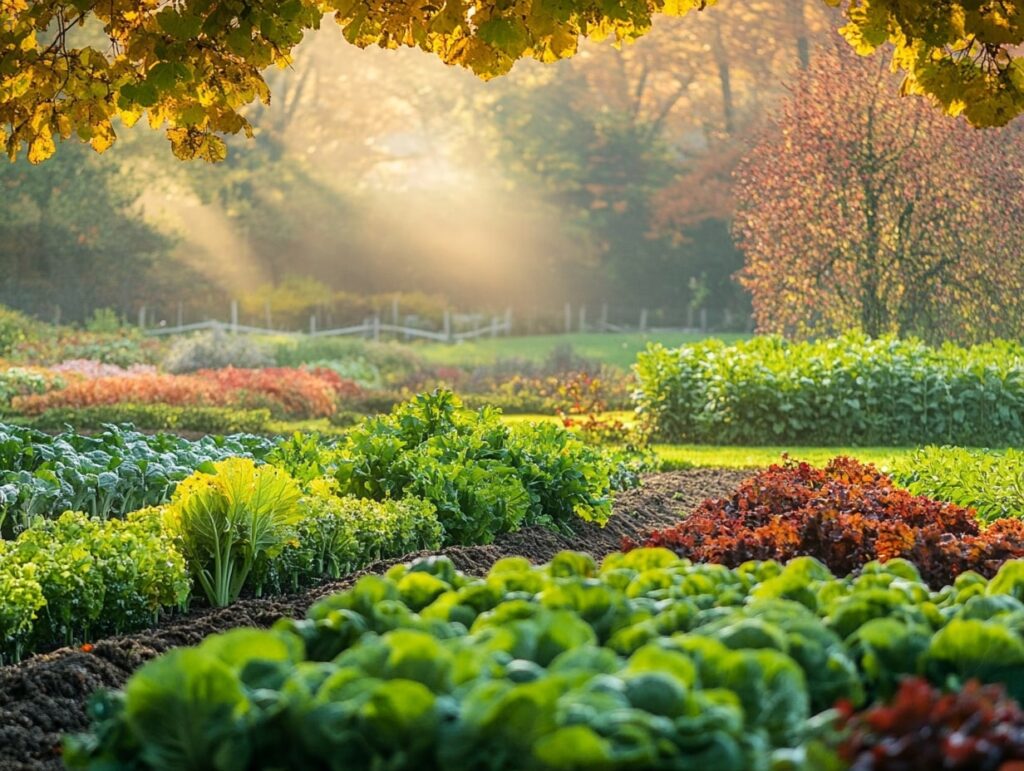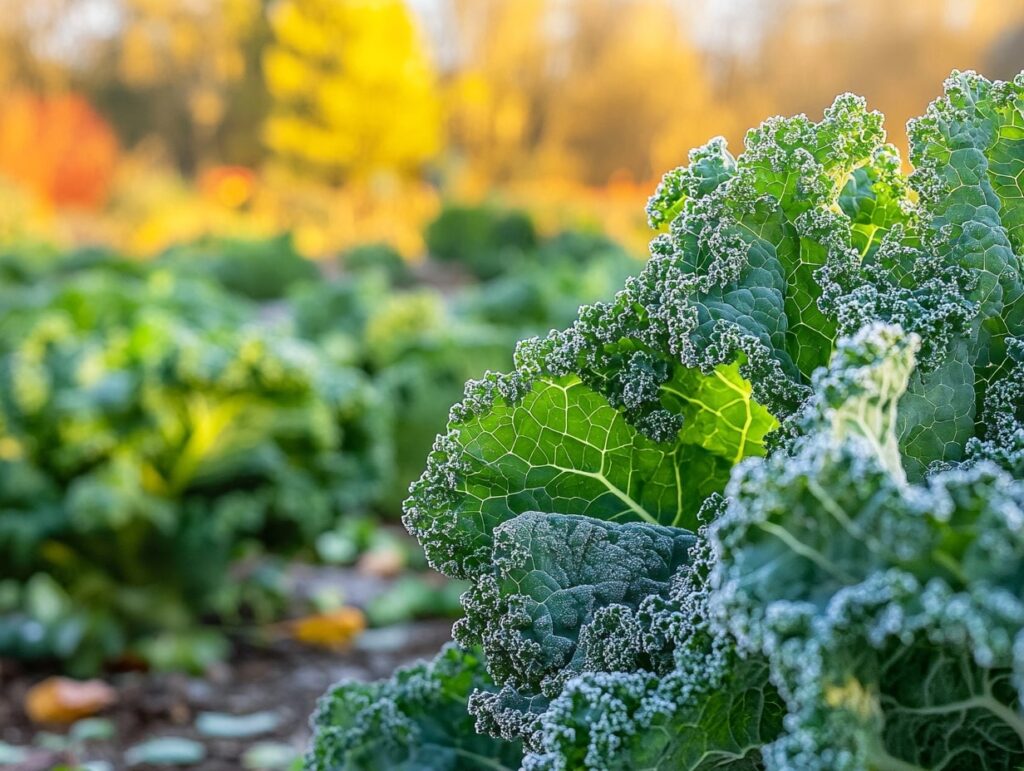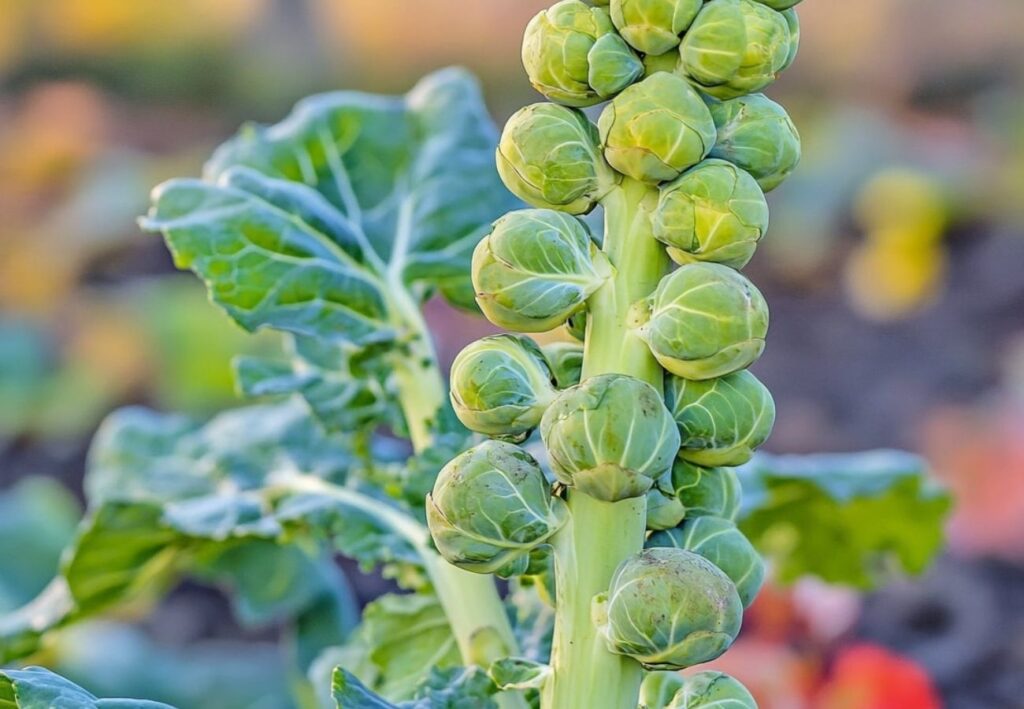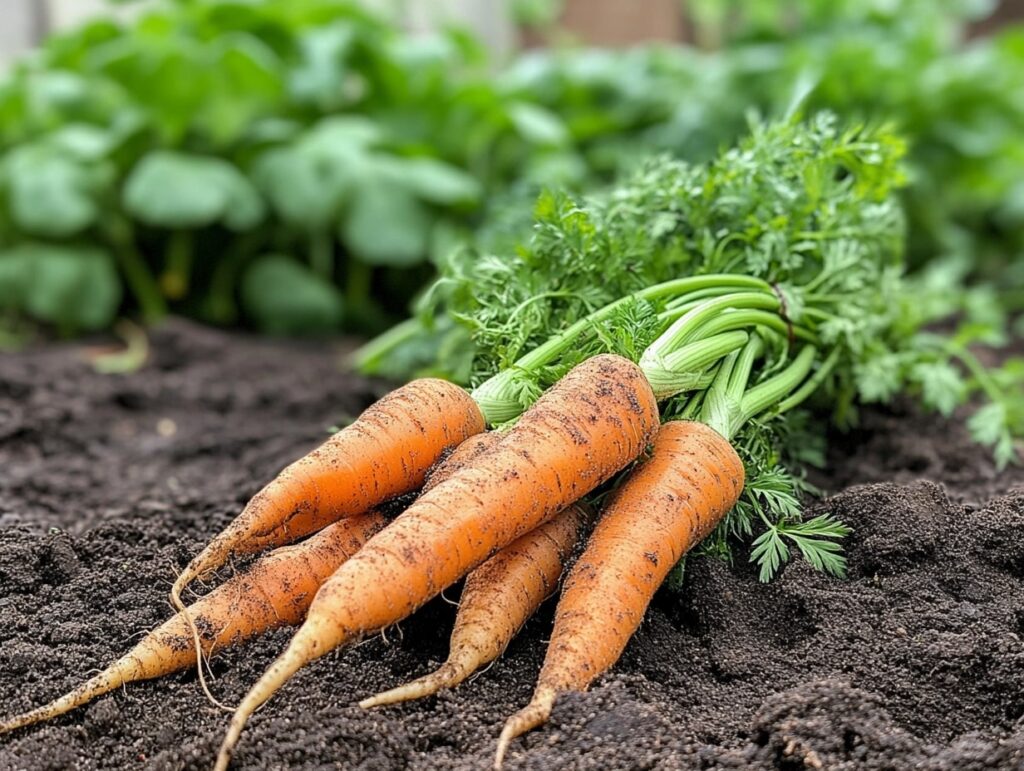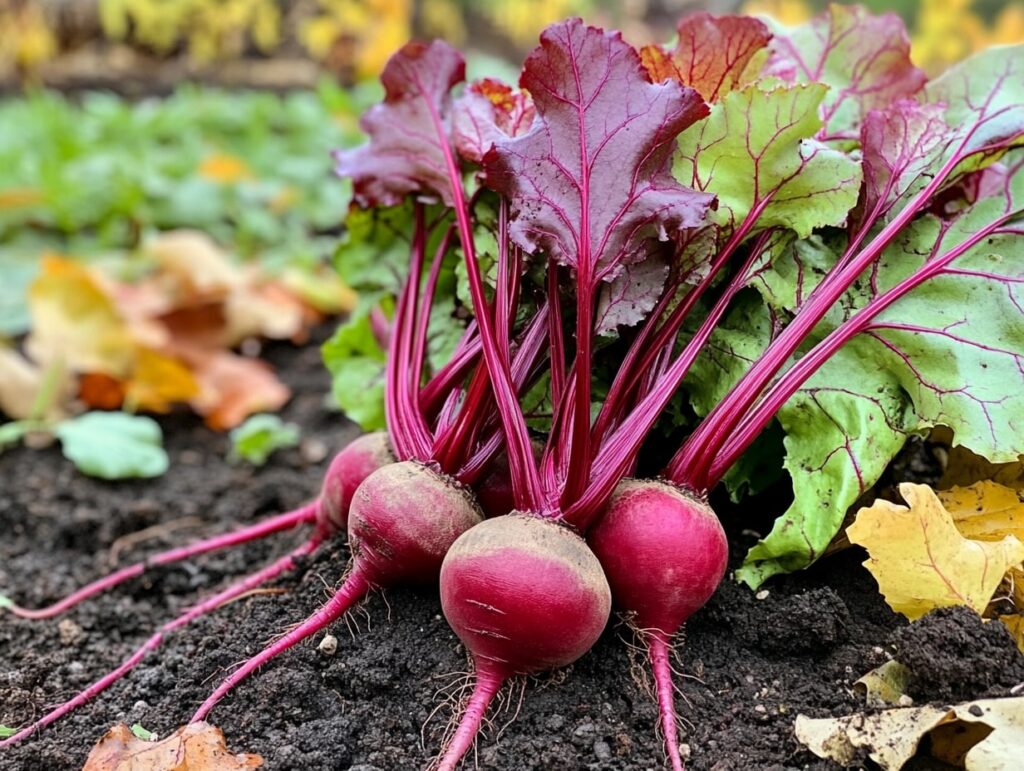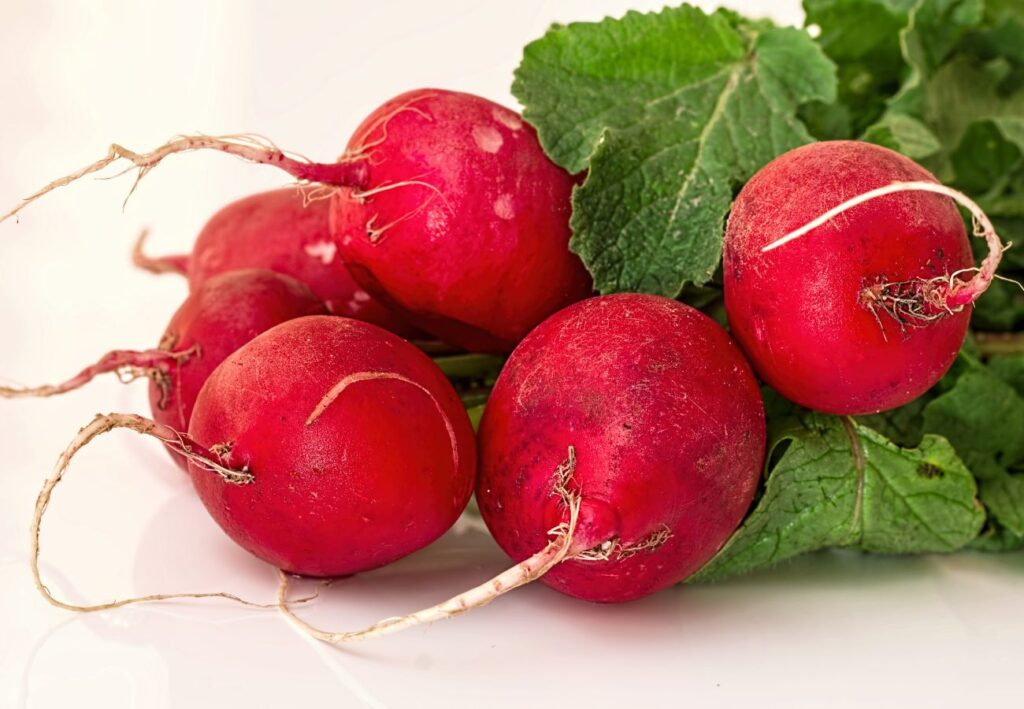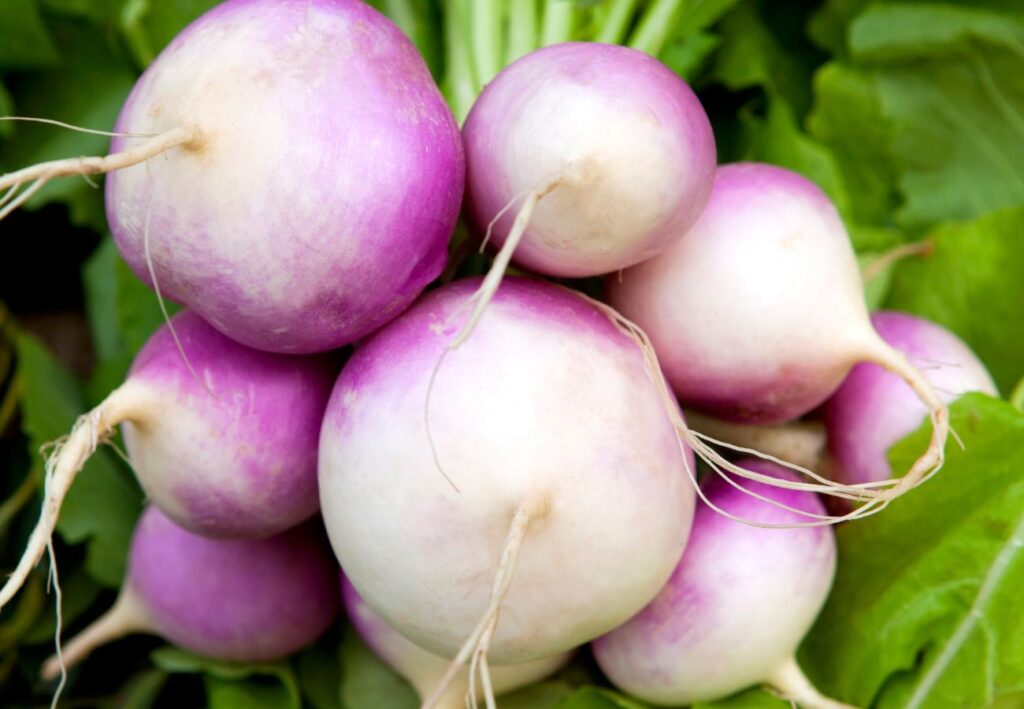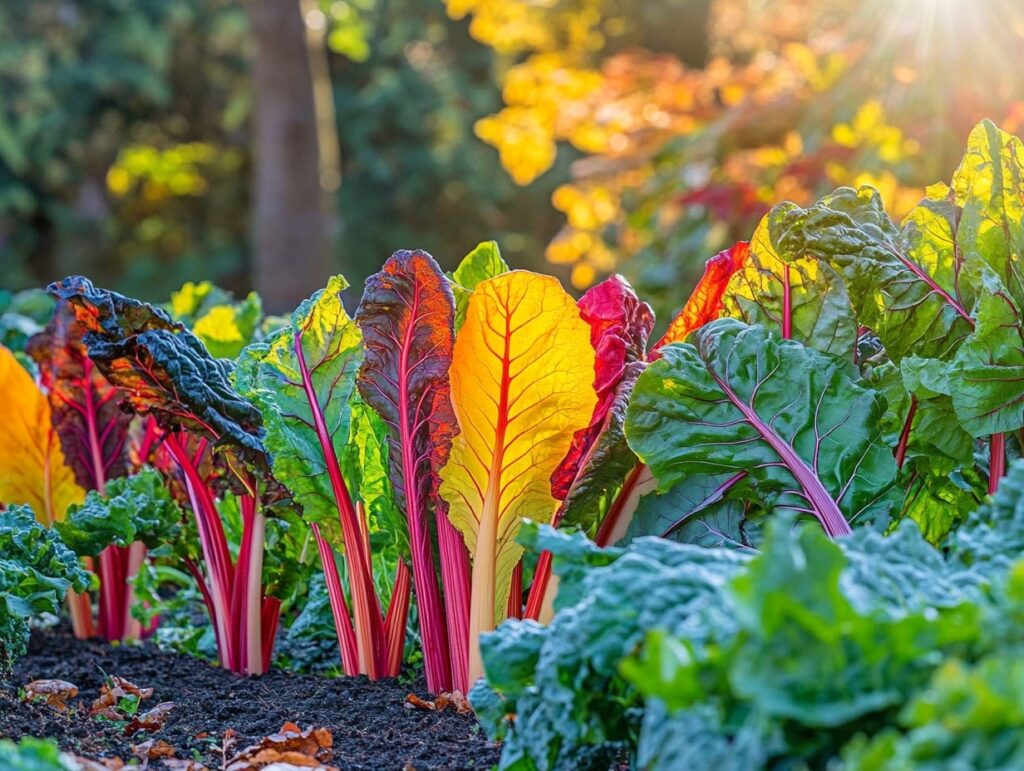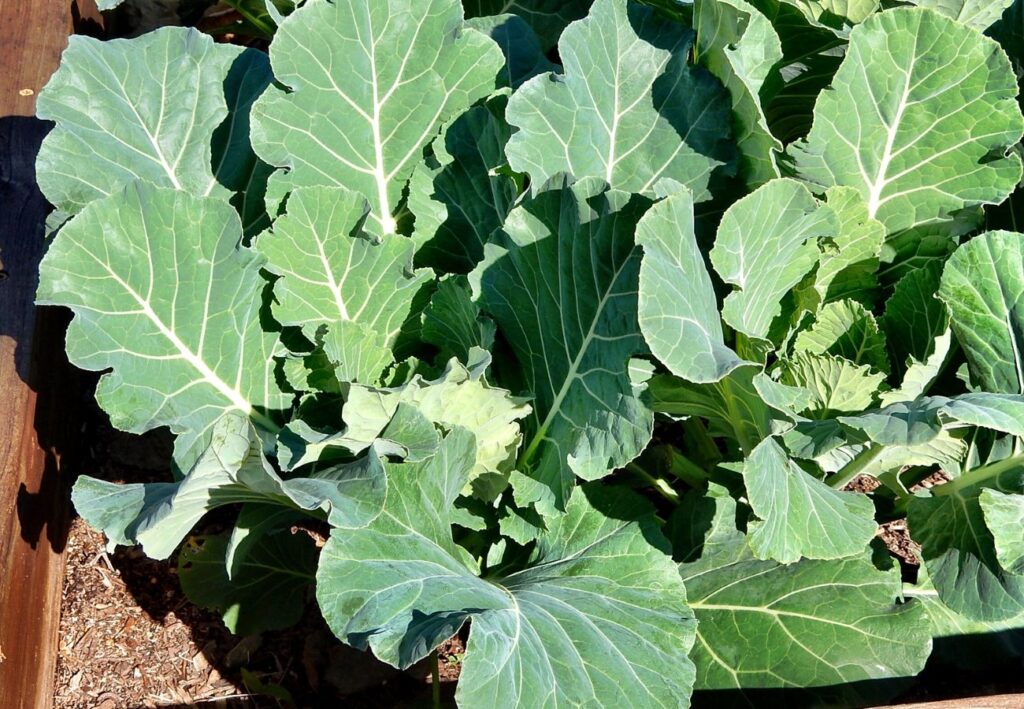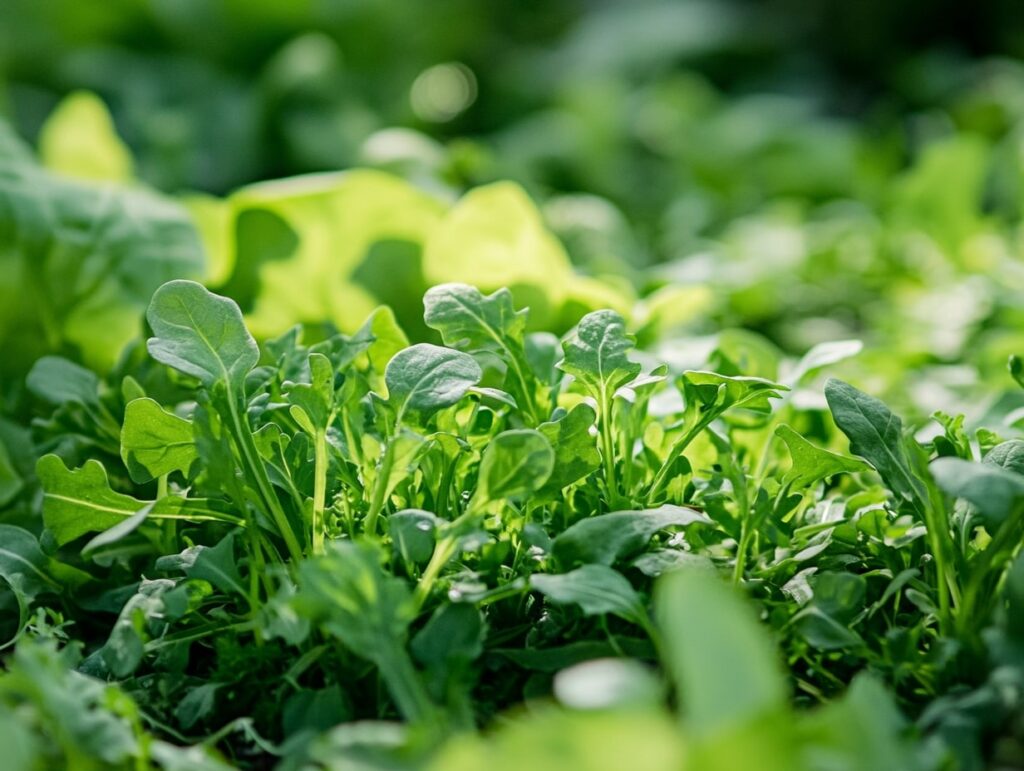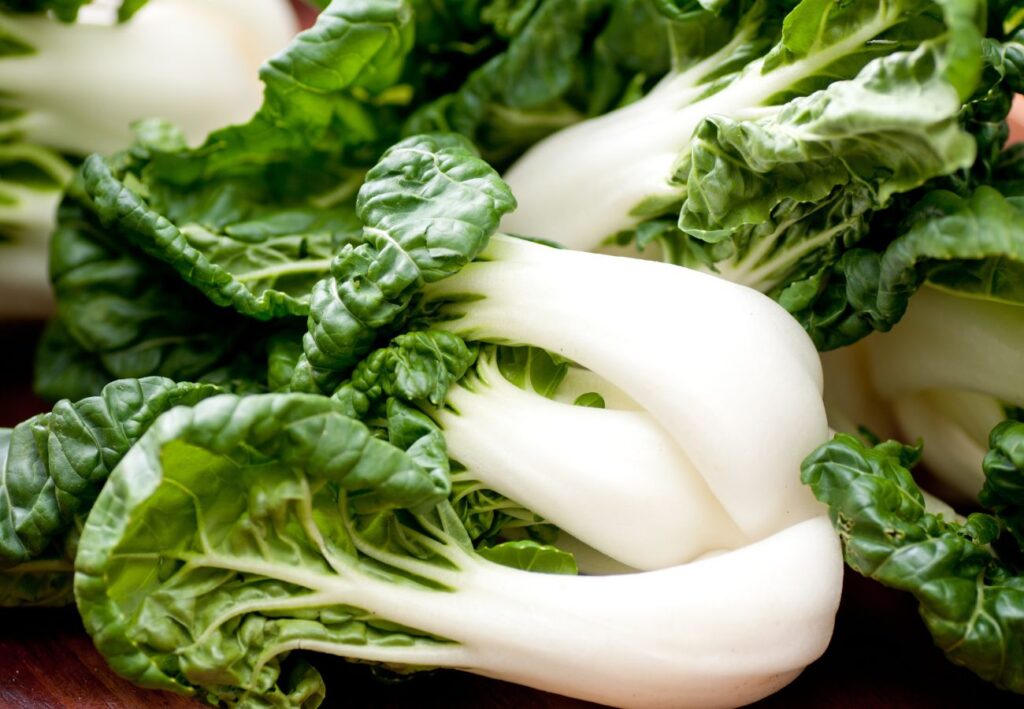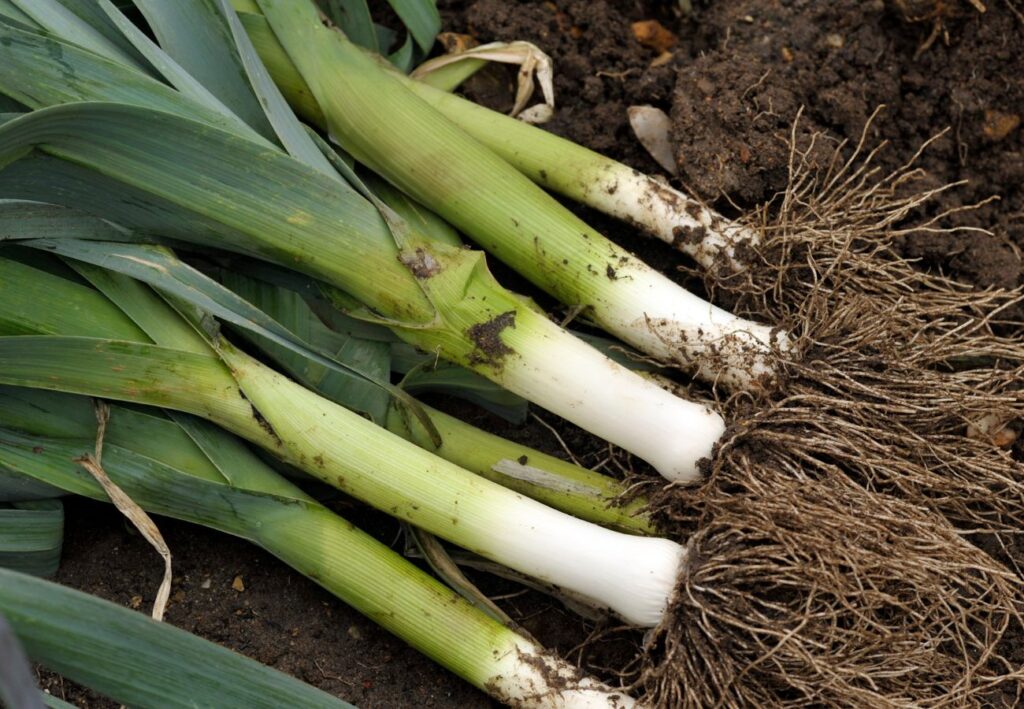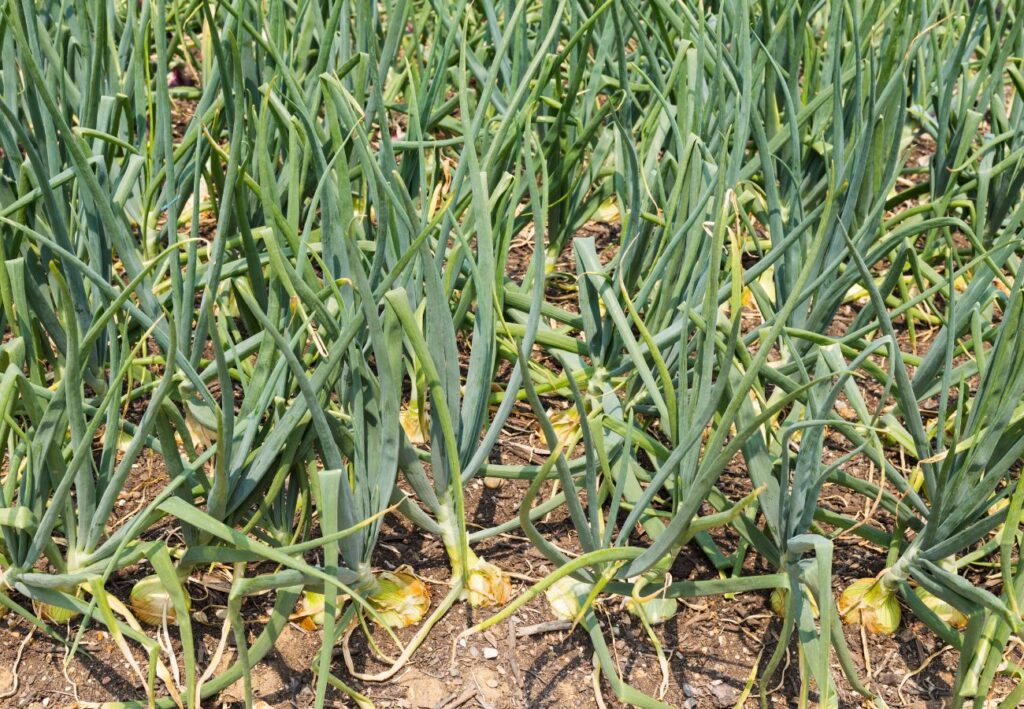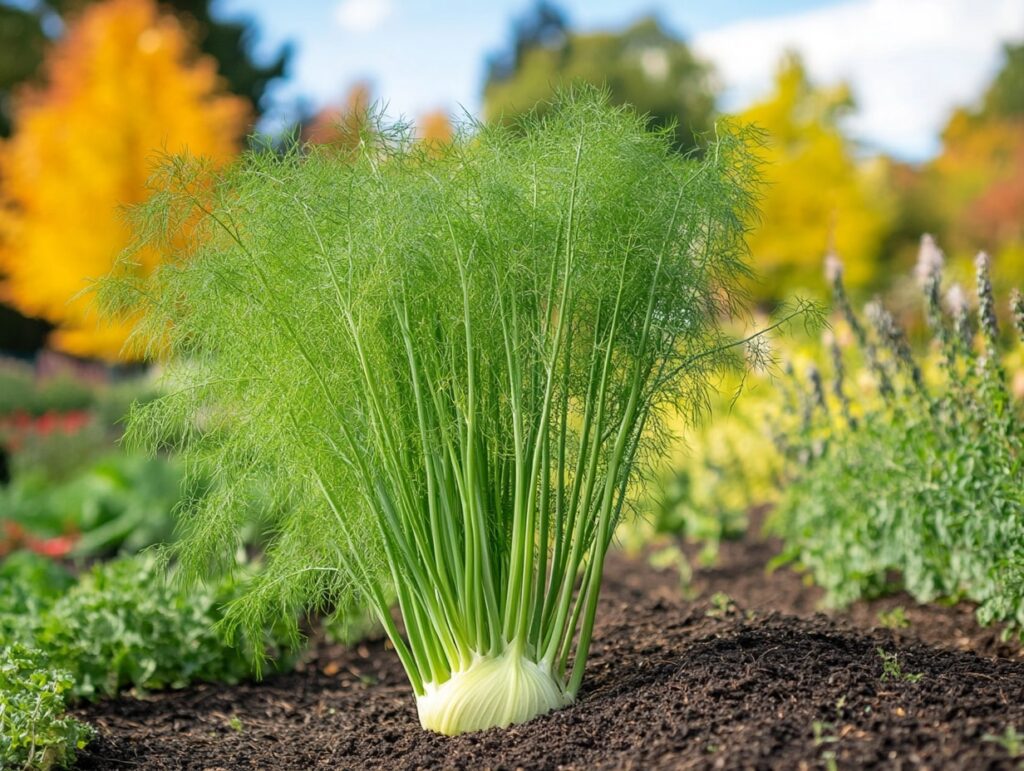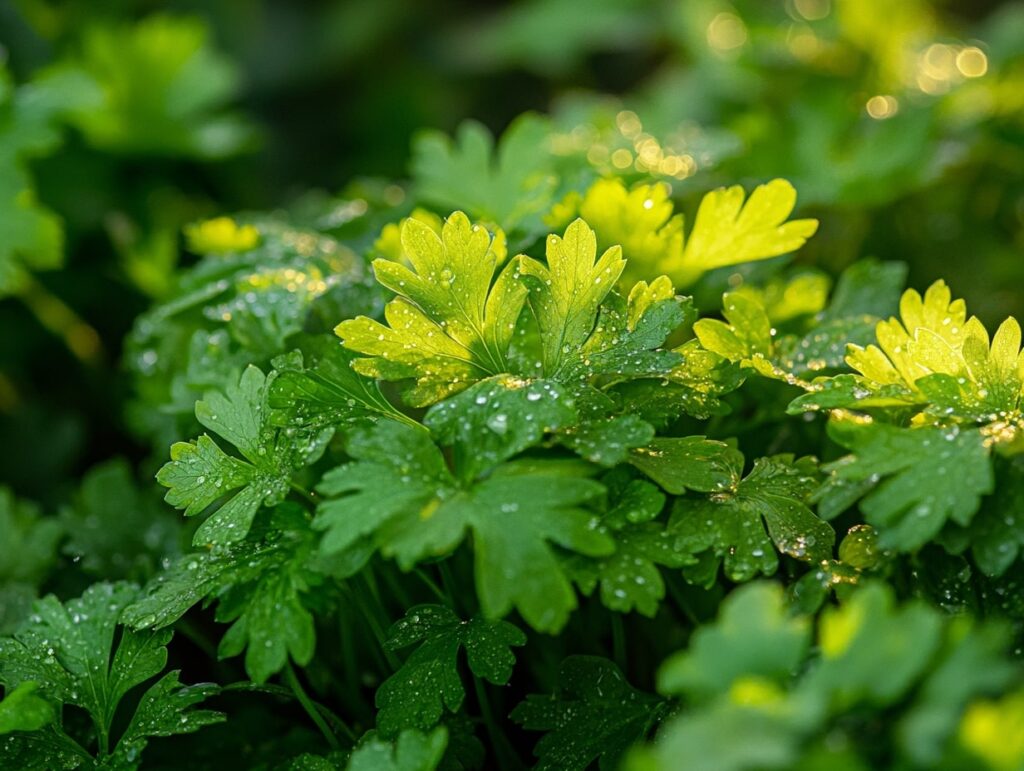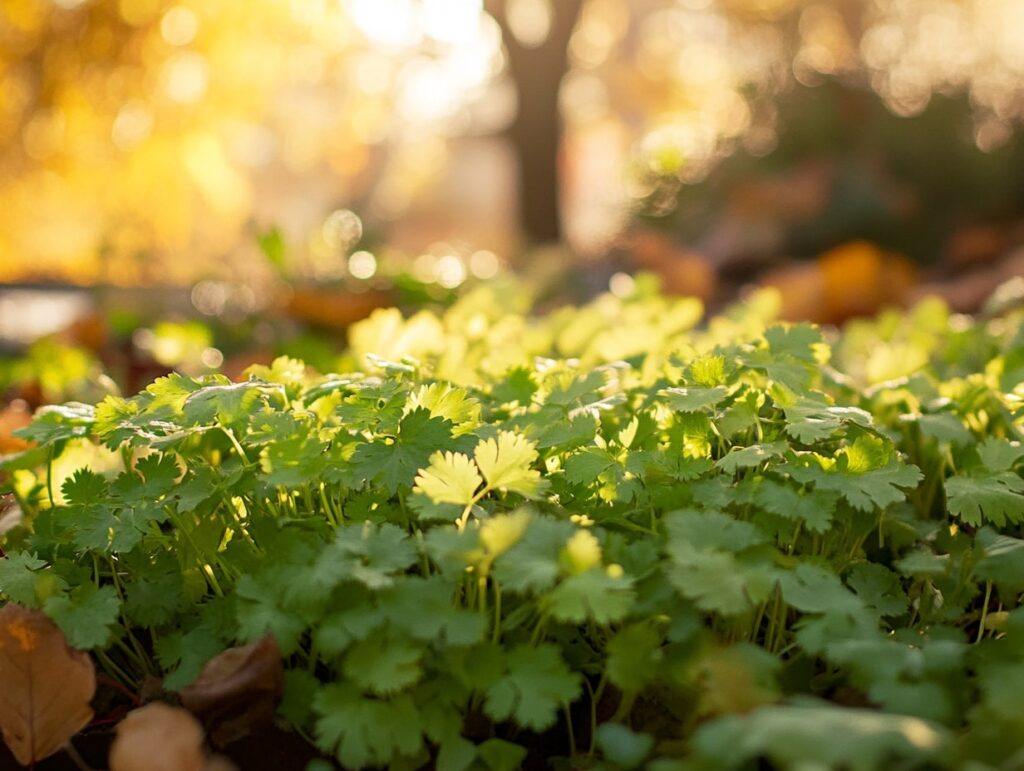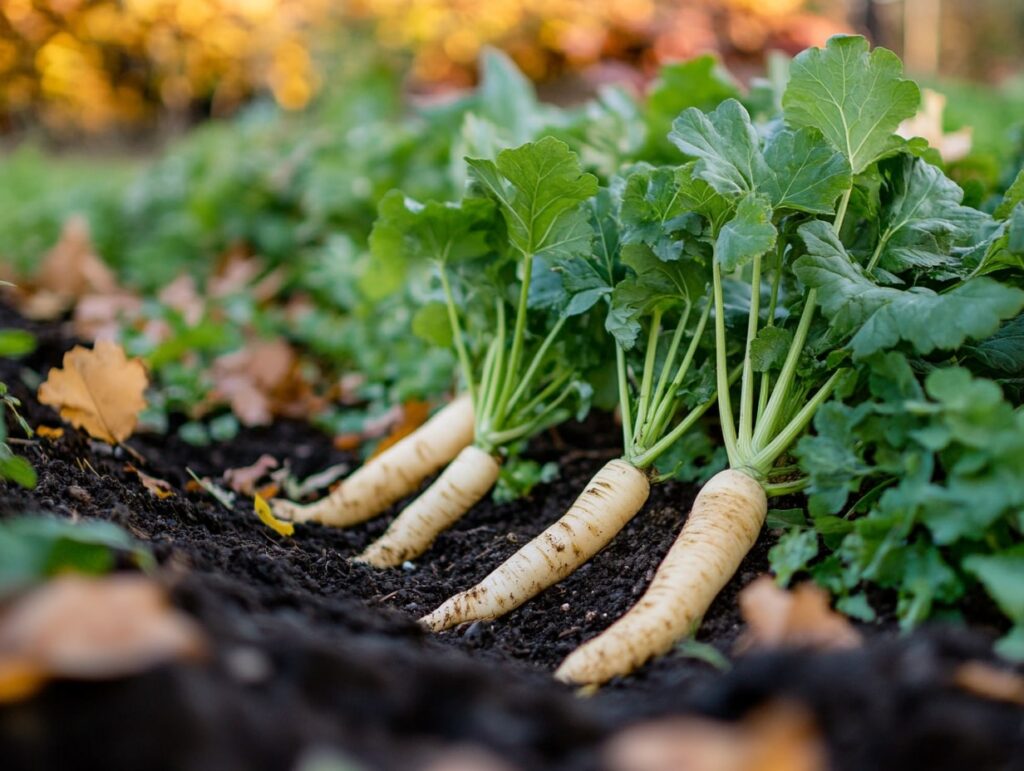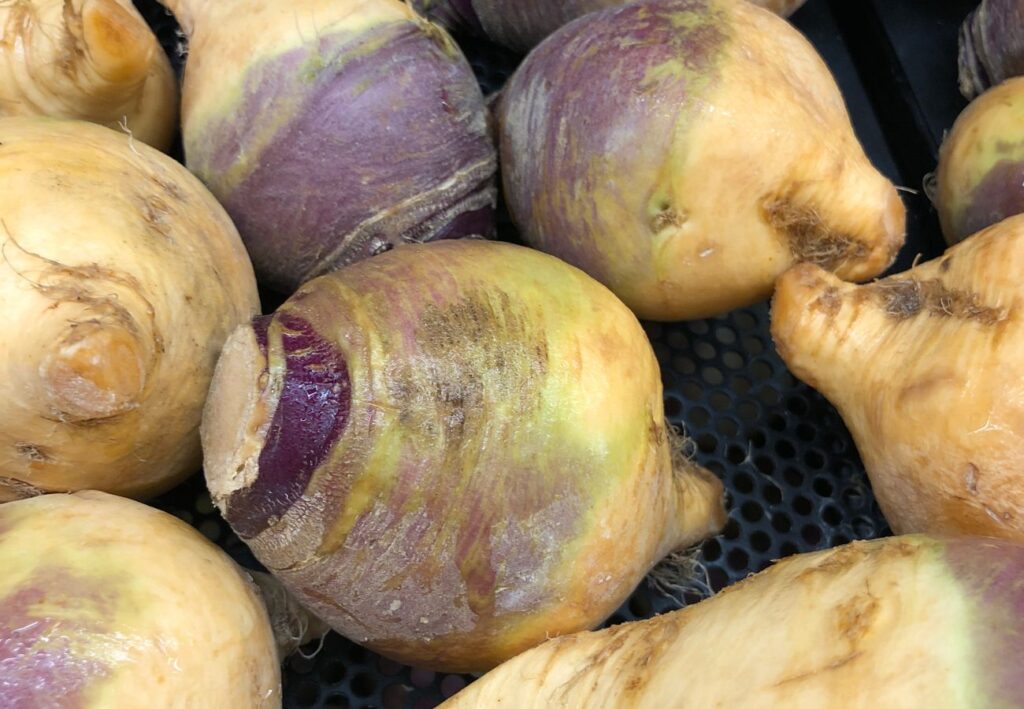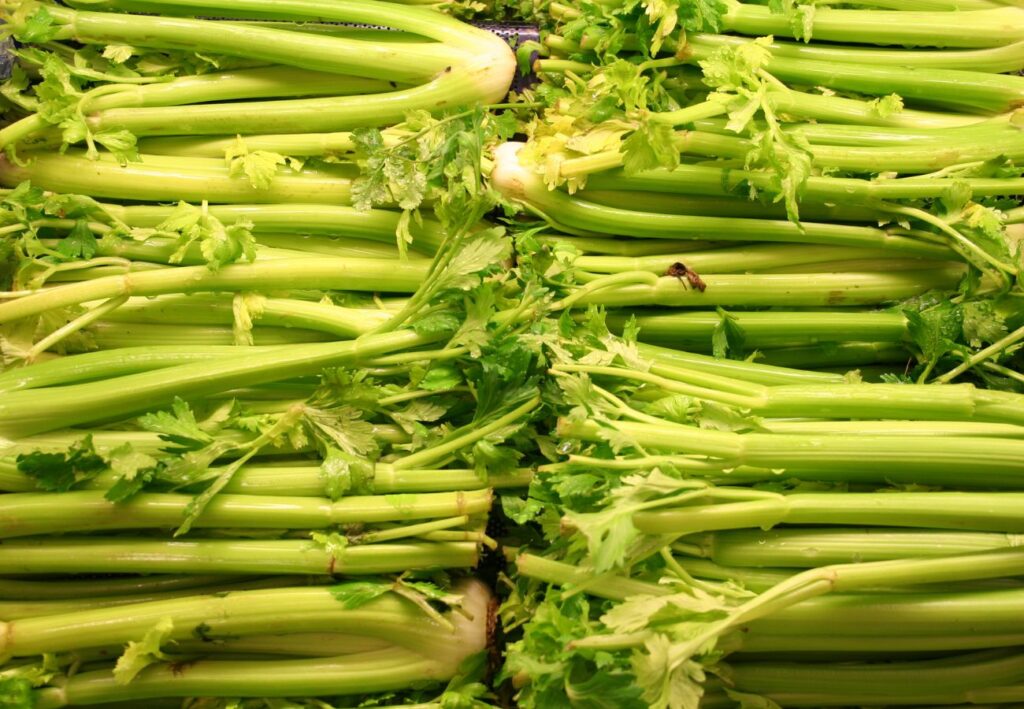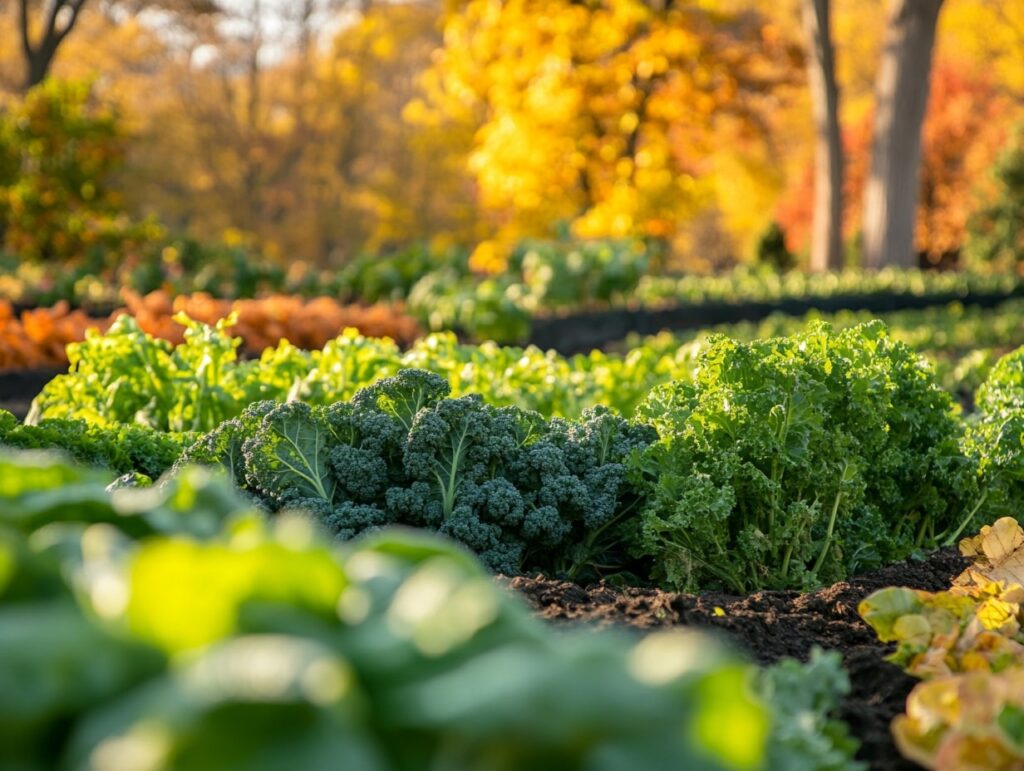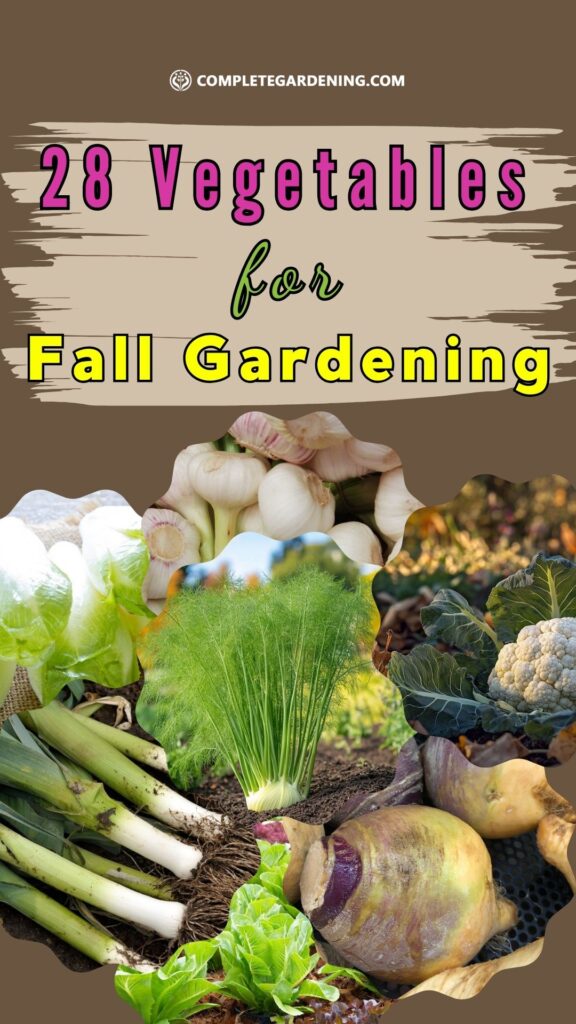Fall is the perfect time to revitalize your garden with a fresh round of vegetables. You’re not just extending the growing season, but also savoring the cooler weather that’s favorable for many plants.
Discover which 28 vegetables thrive in fall and learn how to make the most out of your garden space.
Imagine harvesting delicious veggies like kale, carrots, and broccoli while enjoying the crisp autumn air. By selecting the right crops, you ensure a bountiful and rewarding experience.
You’ll find out which seeds to plant and when, ensuring a steady supply of garden-fresh produce well into the season.
It’s time to roll up your sleeves and get planting. From leafy greens to root vegetables, your garden can be a source of joy and nutrition. Dive into the world of fall gardening and see how easy it can be to grow a vibrant, healthy garden this season.
Benefits of Growing Fall Vegetables
Growing fall vegetables in your garden is a rewarding experience. It allows you to extend your growing season and enjoy fresh produce later in the year.
Cooler Temperatures: Fall brings cooler temperatures, which are ideal for many vegetables. This can result in better flavors and a longer shelf life for your harvest.
Fewer Pests: Many common garden pests are less active as the weather cools, making it easier to maintain your garden.
Less Watering: With less heat and more occasional rain, you’ll spend less time watering your garden.
| Vegetable | Benefit |
|---|---|
| Kale | Rich in vitamins |
| Carrots | Sweeter taste due to cool weather |
| Broccoli | High yields in cooler temperatures |
| Spinach | Grows quickly, rich in iron and calcium |
Improved Soil Health: Planting fall vegetables can help keep your soil healthy. The roots of certain plants can prevent soil erosion and maintain soil structure.
Seasonal Variety: You get to enjoy a wider variety of vegetables throughout the year, adding new flavors and nutrients to your diet.
Don’t forget to plan your garden according to your local climate to get the best results.
1. Kale
Kale is a cold-hardy leafy green that actually tastes sweeter after a frost. It’s packed with nutrients and is perfect for salads, soups, and smoothies. Plant kale in late summer for a fall harvest that can continue well into winter.
2. Brussels Sprouts
Brussels sprouts thrive in cooler weather and are one of the best vegetables to grow in the fall. These little cabbages develop their best flavor after being kissed by frost. Plant them in mid to late summer for a fall harvest.
3. Carrots
Carrots are a versatile root vegetable that can be sown in late summer for a fall harvest. They prefer cooler temperatures and, like kale, become sweeter after a light frost. Keep the soil consistently moist for the best results.
4. Beets
Beets are another root vegetable that thrives in the cool fall weather. They are easy to grow and can be harvested in as little as 50 days. Both the roots and greens are edible, making them a doubly useful crop.
5. Radishes
Radishes are a quick-growing crop that can be ready to harvest in as little as 30 days. They thrive in the cool temperatures of fall and can be planted multiple times for continuous harvests.
6. Turnips
Turnips are a fast-growing root vegetable that loves the cooler weather of fall. Both the roots and greens are edible, providing a versatile addition to your garden and kitchen.
7. Spinach
Spinach is another leafy green that thrives in cool weather. It grows quickly and can be harvested within a few weeks of planting. Spinach is frost-tolerant and can even survive light snow.
8. Swiss Chard
Swiss chard is a colorful and nutritious leafy green that can be grown well into fall. It’s more heat-tolerant than other greens, but it really shines in cooler weather. Harvest the outer leaves as needed.
9. Broccoli
Broccoli is a cool-season vegetable that’s perfect for fall planting. It takes about 70-100 days to mature, so plant it in late summer for a fall harvest. The cooler weather helps prevent the heads from bolting.
10. Cauliflower
Cauliflower, like broccoli, prefers cooler temperatures and can be planted in late summer for a fall harvest. It requires consistent moisture and protection from pests, but the effort is well worth it when you harvest those creamy white heads.
11. Cabbage
Cabbage is a classic fall vegetable that thrives in cool weather. Plant it in late summer for a harvest in the fall. Cabbage can be stored for months, making it a great choice for long-term use.
12. Lettuce
Lettuce is one of the easiest vegetables to grow in the fall. It matures quickly and can be harvested as early as 30 days after planting. Choose cool-weather varieties like butterhead or romaine for the best results.
13. Collard Greens
Collard greens are a hardy leafy green that loves the cool temperatures of fall. They can withstand light frosts, which actually improve their flavor. Harvest the outer leaves as needed for a continuous supply.
14. Mustard Greens
Mustard greens add a peppery kick to salads and are perfect for fall gardens. They grow quickly and can be harvested within a few weeks of planting. Like other greens, they become sweeter after a frost.
15. Arugula
Arugula is a fast-growing leafy green with a spicy flavor that’s perfect for fall salads. It prefers cooler temperatures and can be harvested just a few weeks after planting.
16. Bok Choy
Bok choy, also known as Chinese cabbage, is a versatile leafy green that thrives in cool weather. It matures quickly and can be harvested in about 45 days. Plant it in late summer for a fall harvest.
17. Peas
Peas are a cool-weather crop that can be planted in late summer for a fall harvest. Both shelling peas and snap peas do well in cooler temperatures and can be harvested before the first hard frost.
18. Garlic
Garlic is typically planted in the fall and harvested the following summer, but it’s an essential addition to your fall garden. Plant garlic cloves in well-drained soil and cover them with mulch for winter protection.
19. Leeks
Leeks are a member of the onion family that thrives in cool weather. They take a while to mature, so plant them in late summer for a fall or early winter harvest. Leeks are perfect for soups and stews.
20. Onions
Onions can be planted in late summer for a fall harvest, especially if you choose short-day or intermediate-day varieties. They prefer cooler temperatures and are a staple in many fall dishes.
21. Fennel
Fennel is a unique vegetable that has a licorice-like flavor. It thrives in cool weather and can be planted in late summer for a fall harvest. Both the bulb and fronds are edible.
22. Parsley
Parsley is a hardy herb that can be planted in late summer for a fall harvest. It can withstand light frosts and provides a fresh, green garnish for many dishes.
23. Cilantro
Cilantro is a cool-season herb that bolts in hot weather, making it perfect for fall gardens. Plant it in late summer for a continuous supply throughout the fall.
24. Parsnips
Parsnips are a root vegetable that’s similar to carrots but with a nuttier flavor. They prefer cool weather and actually taste better after a frost. Plant them in late summer for a fall harvest.
25. Rutabaga
Rutabaga is a root vegetable that’s often overlooked but is perfect for fall gardens. It’s easy to grow and can be harvested in about 90 days. Rutabagas taste best after a light frost.
26. Kohlrabi
Kohlrabi is a unique vegetable that’s related to cabbage. It has a swollen stem that’s eaten like a root vegetable. Kohlrabi thrives in cool weather and can be planted in late summer for a fall harvest.
27. Endive
Endive is a leafy green that’s perfect for fall gardens. It has a slightly bitter taste and can be used in salads or cooked dishes. Endive grows best in cool weather and can be harvested in the fall.
28. Celery
Celery is a cool-season vegetable that takes a long time to mature but is well worth the effort. Plant it in late summer for a fall harvest. Celery prefers consistently moist soil and cooler temperatures.
Tips for a Successful Fall Garden
- Timing Is Key: Plant your fall vegetables at the right time to ensure they mature before the first hard frost. Most fall crops should be planted in late summer.
- Soil Preparation: Amend your soil with compost or organic matter to provide the nutrients needed for a bountiful fall harvest.
- Watering: Fall weather can be unpredictable, so make sure your garden receives consistent moisture. Water deeply and less frequently to encourage strong root growth.
- Frost Protection: Be prepared to protect your crops from early frosts with row covers, cold frames, or mulch.
Growing a fall vegetable garden is a rewarding experience that allows you to enjoy fresh, homegrown produce well into the cooler months.
With careful planning and the right selection of vegetables, your garden can provide a bountiful harvest even as the days grow shorter.
Whether you’re growing leafy greens, root vegetables, or cold-hardy herbs, these 28 fall vegetables will ensure your garden remains productive throughout the season.
